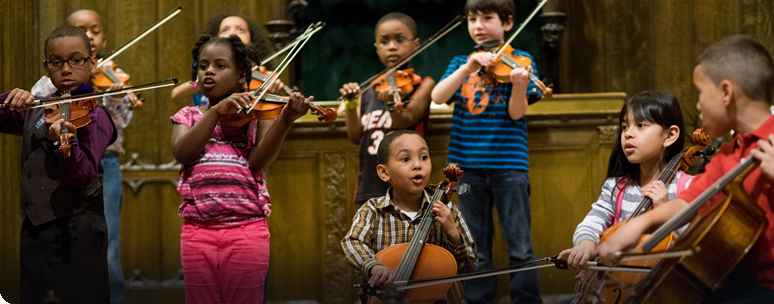#1
https://www.youtube.com/watch?v=gdArgXvzKaQ&feature=youtu.be
#2
https://www.youtube.com/watch?v=pp6-VC9XUjU&feature=youtu.be

Plant Sale 5.17 Playlist (#1 & #2)#1 https://www.youtube.com/watch?v=gdArgXvzKaQ&feature=youtu.be #2 https://www.youtube.com/watch?v=pp6-VC9XUjU&feature=youtu.be Blue Bossa LoopsLoop #1 http://www.youtube.com/watch?v=jfmWH71vEE4&feature=youtu.be Loop #2: https://www.youtube.com/watch?v=xZR_jOkWbOI&feature=youtu.be 2 Octave F Major ScaleSlow: https://www.youtube.com/watch?v=lNvoxLdSmpA&feature=youtu.be Fast: https://www.youtube.com/watch?v=V40RQfAzBdU&feature=youtu.be D Major Warm-uphttps://www.youtube.com/watch?v=stXRAOjfZ2g&feature=youtu.be Apologize – Perseids and Orions (slow)https://www.youtube.com/watch?v=Vw68m-TDY1Q&feature=youtu.be Apologize – CMW Club (slow)https://www.youtube.com/watch?v=APQAbXntxyE&feature=youtu.be Apologize – CMW Club (fast)https://www.youtube.com/watch?v=8yHLjRVPpug&feature=youtu.be Inspirational Quote 3.1.14“Small actions, repeated over time, transform us. As the master vocal coach Linda Septien put it, “This ain’t magic, and it ain’t rocket science. It’s about working hard, and working smart.” Excerpt From: Coyle, Daniel. “The Little Book of Talent.” Bantam Books, 2012-08-21. iBooks. Milonga Loops #1 – #8Milonga loop #1: http://www.youtube.com/watch?v=BIwUE8P3Chk Milong loop #2: Milonga loop #3: Milonga loop #4: Milonga loop #5: Milonga loop #6: Milonga loop #7: Milonga loop #8:
Practice Tip 2.22.14“For example, students at the Meadowmount School of Music often practice according to an informal rule: If a passerby can recognize a song, it’s being played too fast. The point of this super-exaggerated slowness (which produces songs that resemble those of humpback whales) is to reveal small mistakes that might have gone undetected.” Excerpt From: Coyle, Daniel. “The Little Book of Talent.” Bantam Books, 2012-08-21. iBooks.
|